Closing Date: 15 March 2021
Research assistant position for subsequent appointment as PhD fellow
to the project Deciphering the link between adhesion and pluripotency
The Danish Stem Cell Center (http://danstem.ku.dk) at Faculty of Health & Medical Sciences, University of Copenhagen seeks a Research assistant subsequent appointed as PhD fellow
Job description
Embryonic Stem Cells (ESCs) are genetically normal, immortal cell lines with the capacity to become any cell type in the future organism. This project will explore the role of cell-cell adhesion supporting a pluripotent state, both in vivo and in vitro. We recently found that the evolutionarily conserved gene regulatory network (GRN) downstream of one of the central pluripotency regulators, Oct4, was primarily concerned with regulating cell-cell adhesion (Livigni et al Curr Biol. 2013). Moreover, we found that forced expression of E-cadherin could partially block differentiation in response to reduced Oct4 levels in both ESCs and embryos. This project will follow up these observations. We seek to understand how Oct4 regulates cell-cell adhesion, both at a transcriptional and post-transcriptional level. The project will explore how Oct4 regulates E-cadherin dynamics and how Oct4 targets regulate signaling.
Qualifications
- Master’s degree in biology, biochemistry, medicine or human biology, or similar, and a general understanding of developmental and/or stem cell biology
- Strong motivation and very good scientific skills are essential
- Publications and practical experience are an advantage
- Good communication skills oral and written
Terms of salary, work, and employment
The position as research assistant is for 1 year and as PhD fellow for 3 years. Start October 1st 2016 or upon agreement.
The employment as a PhD student is conditioned upon a positive assessment of the candidate´s research performance and enrolment in the Graduate School at the Faculty of Health and Medical Sciences. The PhD study must be completed in accordance with the ministerial orders from the Ministry of Education on the PhD degree and the University´s rules on achieving the degree.
Work place: DanStem, University of Copenhagen, Blegdamsvej 3B, Copenhagen. Terms of employment accord to the agreement between the Ministry of Finance and The Danish Confederation of Professional Associations on Academics in the State
Questions Contact Professor Joshua Brickman joshua.brickman@sund.ku.dk.
The application must include
- Cover Letter, detailing your motivation and background for applying for the specific PhD project
- CV
- Diploma and transcripts of records (BSc and MSc)
- Other information for consideration, e.g. list of publications (if any),
- Full contact details of 1-3 professional referees
The application, in English, must be submitted electronically. Go to: http://danstem.ku.dk/join/jobs/
The application will be assessed according to the Ministerial Order no. 284 of 25 April 2008 on the Appointment of Academic Staff at Universities
The University of Copenhagen welcomes applications from all qualified candidates regardless of personal background
Application deadline: July 10th 2016
Only applications received in time and consisting of the above listed documents will be considered
 (No Ratings Yet)
(No Ratings Yet)
 Loading...
Loading...


 (No Ratings Yet)
(No Ratings Yet)
 (3 votes)
(3 votes)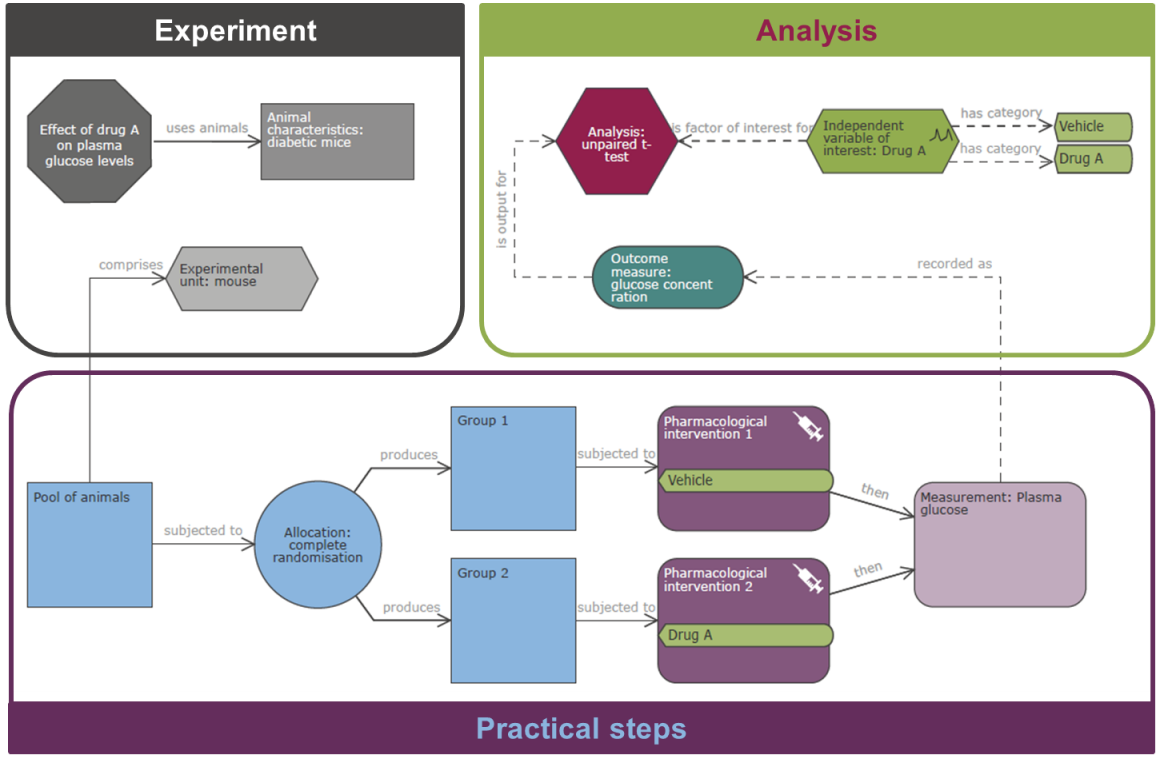
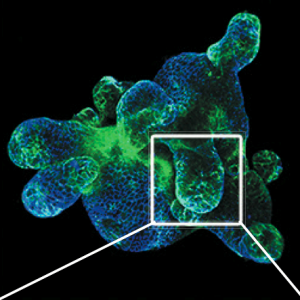
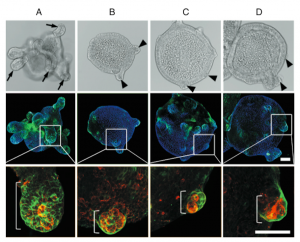
 May was most notable for the departure of the Node’s brilliant Community Manager, Cat Vicente. Cat said her goodbyes
May was most notable for the departure of the Node’s brilliant Community Manager, Cat Vicente. Cat said her goodbyes 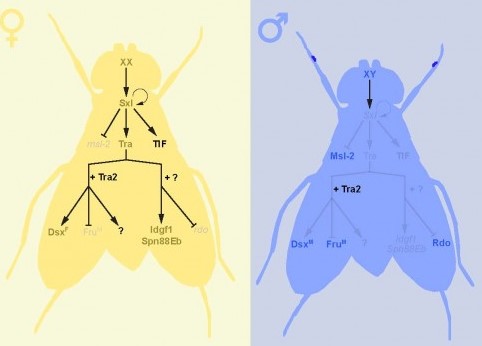 Elizabeth posted on
Elizabeth posted on 
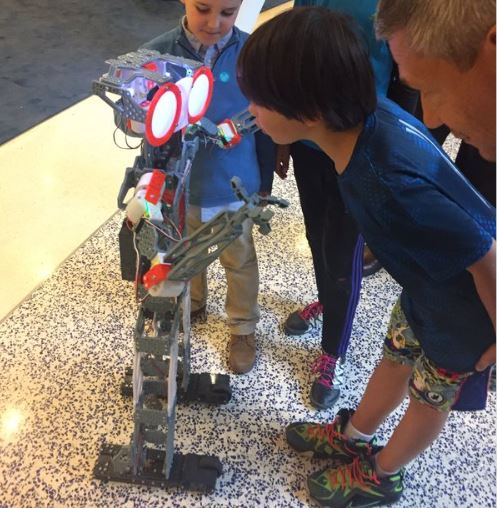 Nestor got involved with the recent ‘
Nestor got involved with the recent ‘